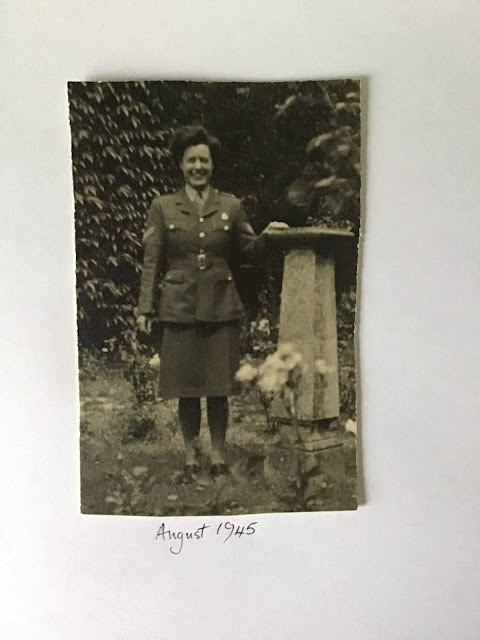Whilst visiting St Bartholomew-the-less church yesterday I found a safe with the plaque which reads John Tann’s Reliance 117 Newgate St London EC.
By 1814, with his first son Edward. they occupied a manufactory at 1 Hope Street, Hackney, then called Harvey Street and later renamed Treadway Street in 1881. The family residence was in the next building at number 2 Minerva Terrace, which is a section of Hackney Road. The advertisement incised in the gable facing Hope Street dates from around 1890.
Their first 'fire-proof ' safe was exhibited at the Great Exhibition at the Crystal Palace in 1851, and about the same time they opened their first city office at 30 Walbrook.
By 1888 the Tann City office had moved to 11 Newgate Street, and by 1900 the factory also moved to St.Stephen's Road, Old Ford. With the construction of the Old Bailey on the site of Newgate Prison, the offices then had to move again in 1912, but only to number 117 Newgate street.
The fourth generation of Tanns came into the business around the time their father died in 1900. They were John who was born in 1841 and Edward born in 1853. John however died in 1904 leaving his brother as Governing Director. The last of the line was Edward's son John Laurance Tann born in 1890 who had no male heir, it was then decided that the best course for the future for the company would be for it to become part of a larger engineering group. The business became part of the Clayton Dewandre company in 1965.











